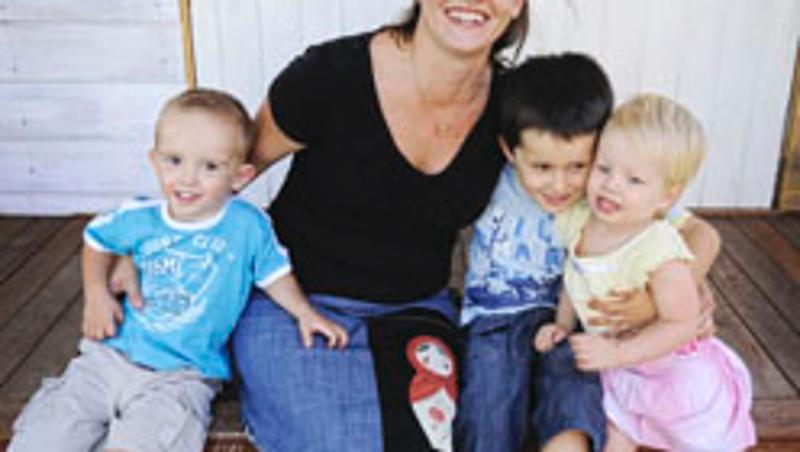
The belief that twins share a special bond is being scrutinised for the first time to determine if the relationship is unique or similar to those with other siblings.
Queensland University of Technology (QUT) researchers will challenge the age-old assumption that twins are innately close in an effort to understand the impact of sibling relationships on child development.
Professor Karen Thorpe, from the School of Psychology and Counselling, said the research team was looking for identical and fraternal twins aged five to 10 years old to take part in the study.
"There is an assumption that a twin relationship is unique," she said.
"People culturally are fascinated by twins and believe they have a close relationship but whether that is different from any other sibling relationship has not been studied."
Professor Thorpe said researchers would examine the influence gender, age spacing, genetic similarity and personality characteristics had on sibling relationships in childhood by studying twins and single children from the same families.
She said sibling relationships were potentially the most enduring bond in a person's life and were proven to be a powerful influence on development.
"Study of the twin relationship alongside that of different age siblings will provide a valuable insight into the role of siblings in social development and can help us to understand both normal development and when there are difficulties that require professional intervention," Professor Thorpe said.
Announcing the study during International Multiple Births Awareness Week, she said multiple births had increased significantly in the last 30 years and twins accounted for one in 59 births in Australia.
Professor Thorpe said parents of children participating in the study would be asked to complete a questionnaire about their children and their relationship with them.
The twins also would be asked to complete tasks and answer questions about the bond with their twin and any single-born siblings, she said.
QUT co-researcher and honours student Peta Greaney, a mother of two-year-old boy and girl twins and a five-year-old boy, said she became interested in the topic after watching her children interact.
"There does seem to be a natural sense of gender between my two boys and a natural sense of twin-ship between the twins. Before they could even crawl, there was a difference in the way they interacted together," she said.
Professor Thorpe said it could be possible identical twins had closer relationships than fraternal twins because they were genetically similar.
However, some identical twins did try to distinguish themselves, she said.
"Whether that manifests into being different from a child's relationship with their older sibling remains to be seen. It might be more about gender or personality than being a twin," she said.
Professor Thorpe said the new study would build on other research into twins at QUT, including a recently-published, three-year national study on parental decisions to separate twins in the early years of schooling.
She said the Australian Research Council-funded study found up to 85 per cent of twins had good relationships that supported their transition into school.
Parents of twins who had relationship difficulties opted to separate the siblings into different classes although some later reversed that decision.
"What we found was some parents were happy with separation although some put the twins back together again," Professor Thorpe said.
To participate in this study, contact Professor Thorpe at k.thorpe@qut.edu.au or phone 3138 4707.
A high-resolution photo of Peta Greaney with her children is available.
Media contact: Stephanie Harrington, media officer, 3138 1150 or stephanie.harrington@qut.edu.au




